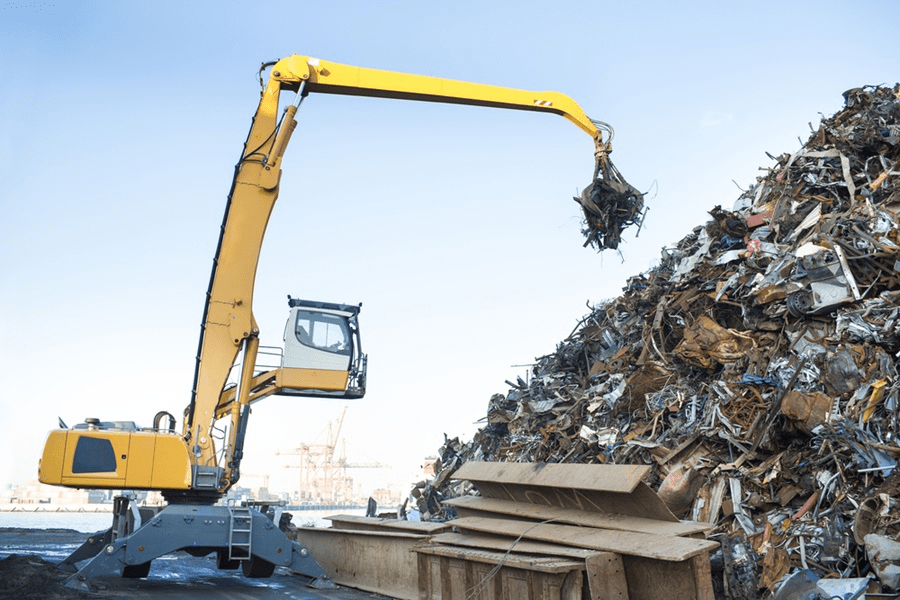
In recent years, the automotive industry has faced a growing scrap metal problem that has far-reaching consequences for both the environment and the economy. This issue has been a cause for concern, and it’s crucial to understand the reasons behind this phenomenon. In this article, we will delve into the top five reasons for the escalating scrap metal problem in the automotive sector.
Rapid Technological Advancements
One of the primary reasons for the surge in scrap metal within the automotive industry is the rapid pace of technological advancements. As automotive manufacturers constantly strive to improve fuel efficiency, safety, and overall performance, older vehicles become outdated faster than ever before. Consequently, these older cars are discarded, contributing to the growing scrap metal stockpile.
Increased Vehicle Production
The automotive industry has experienced consistent growth in vehicle production over the years. With the demand for automobiles on the rise, manufacturers are churning out more vehicles than ever before. While this is a positive sign for the industry, it also means an increase in end-of-life vehicles, adding to the scrap metal issue. Learn more: Car disposal Melbourne
Changing Consumer Preferences
Consumer preferences in the automotive industry are evolving. People are increasingly favoring smaller, more fuel-efficient vehicles or electric cars over larger, gas-guzzling models. This shift in preference leads to a higher rate of obsolescence for older cars, which ultimately end up as scrap metal.
Environmental Regulations
Stringent environmental regulations have played a pivotal role in the growing scrap metal problem. These regulations, aimed at reducing emissions and promoting eco-friendly practices, have encouraged automotive manufacturers to produce more recyclable and energy-efficient vehicles. While this is undoubtedly a positive development, it has led to the early retirement of older, less eco-friendly cars.
Planned Obsolescence
In the highly competitive automotive industry, planned obsolescence is a strategy employed by manufacturers to encourage consumers to replace their vehicles more frequently. This practice, while boosting sales for manufacturers, results in a significant increase in discarded vehicles, contributing to the scrap metal issue. https://dohaj.com/blog/
The Consequences
The escalating scrap metal problem within the automotive industry has wide-ranging consequences. It places an increasing burden on landfills, poses environmental hazards, and depletes valuable resources. It is clear that addressing this issue is crucial for the industry’s long-term sustainability and environmental responsibility.
Conclusion
In conclusion, the growing scrap metals problem in the automotive industry can be attributed to a combination of factors. Including rapid technological advancements, increased vehicle production, changing consumer preferences, environmental regulations, and planned obsolescence. While these factors have led to improved vehicles and a more sustainable industry. They have also contributed to the mounting scrap metals issue. To combat this problem effectively, a concerted effort from all stakeholders, including manufacturers, policymakers, and consumers, is essential.